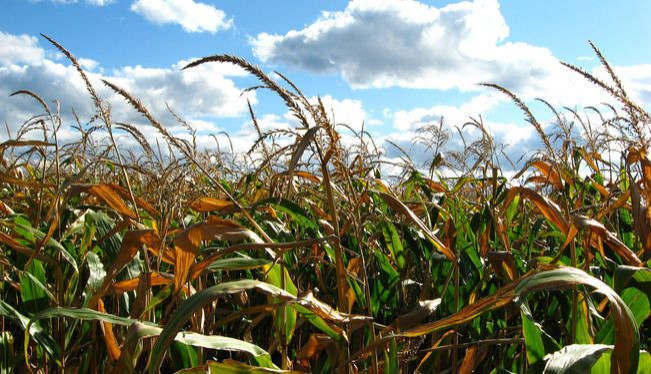Food for 4 Billion More People: How Reallotting Croplands Could Offer Solution to World Hunger

The University of Minnesota conducted a study that re-imagined ways to adjust croplands in order to provide food for billions more people.
Up to 4 billion people could be fed if world croplands shifted from producing animal feed and biofuels to producing food only for humans to eat, the study stated. Agricultural efficiency could be increased even with a slight shift in production; this in itself could feed millions. The study was published in Environmental Research Letters.
"To increase food availability, we can...look at the crops that we're currently growing, and how we're using them to see if we can feed more people with current levels of crop production," Emily Cassidy, a graduate resarch assistant and author of the study, said in a video.
The study found that 12 percent of crop calories used for animal feed were consumed by people, and that worldwide, only 55 percent of crop calories feed humans.
Since a complete change in cropland production, or shifting from meat to crop calories, might not be possible, the researchers suggest a plan to implement even a small shift. They came up with several strategies that could feed an extra 357 million people.
According to the United Nations World Food Programme (WFP), hunger causes more deaths annually than AIDS, malaria and tuberculosis combined. About 870 million people do not have enough to eat, 98 percent of whom live in third world countries.
Because the world population, which is currently at 7 billion, is expected to double by 2050, Cassidy believes finding new ways of fighting hunger are crucial.
"As our planet gets more crowded or we experience disasters like droughts and pests, we can find ways of using existing croplands more efficiently," she said.
Source: Cassidy ES, West PC, Gerber JS, Foley JA. Redefining agricultural yields: from tonnes to people nourished per hectare. Environmental Research Letters. 2013.
Published by Medicaldaily.com



























